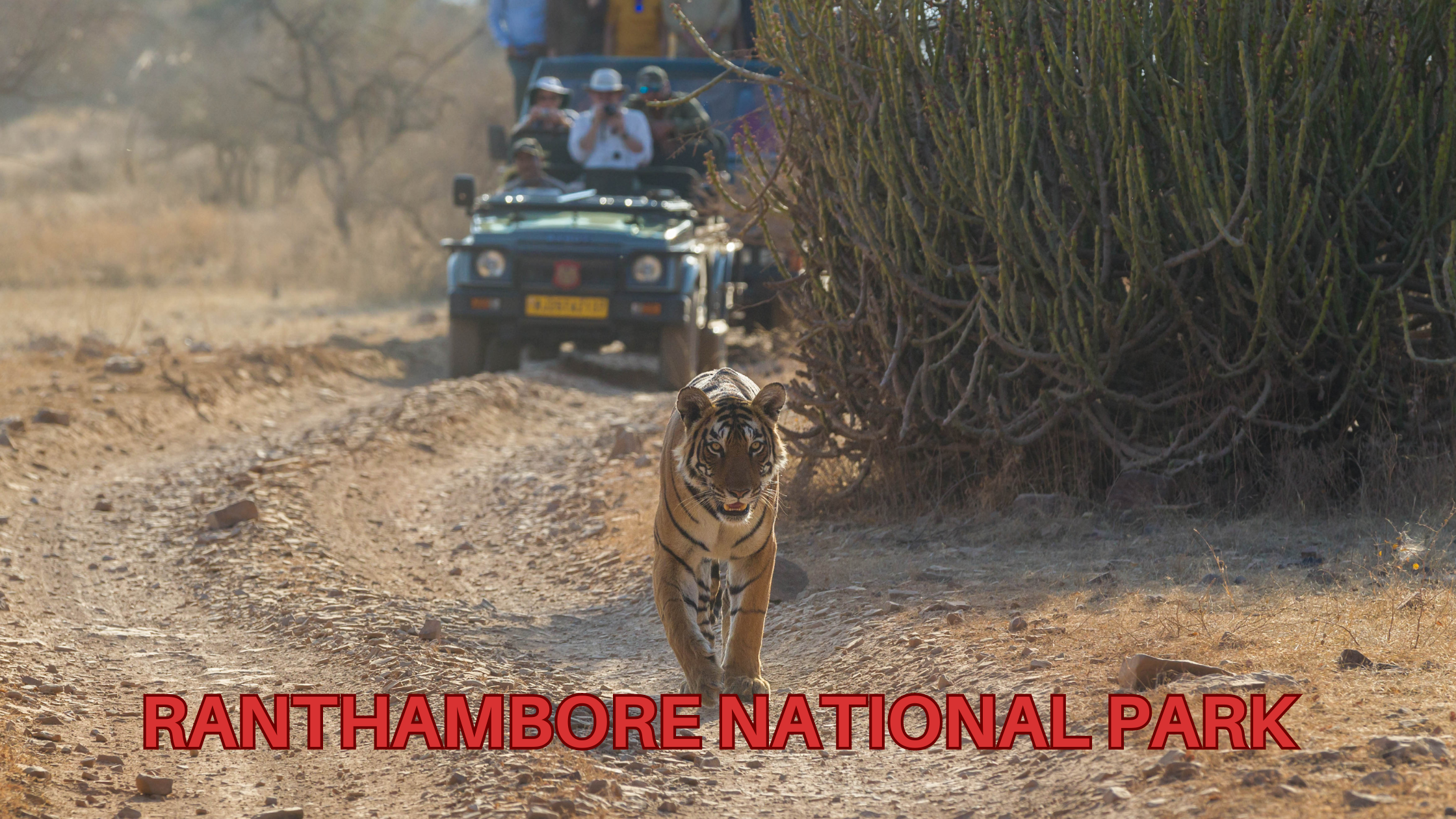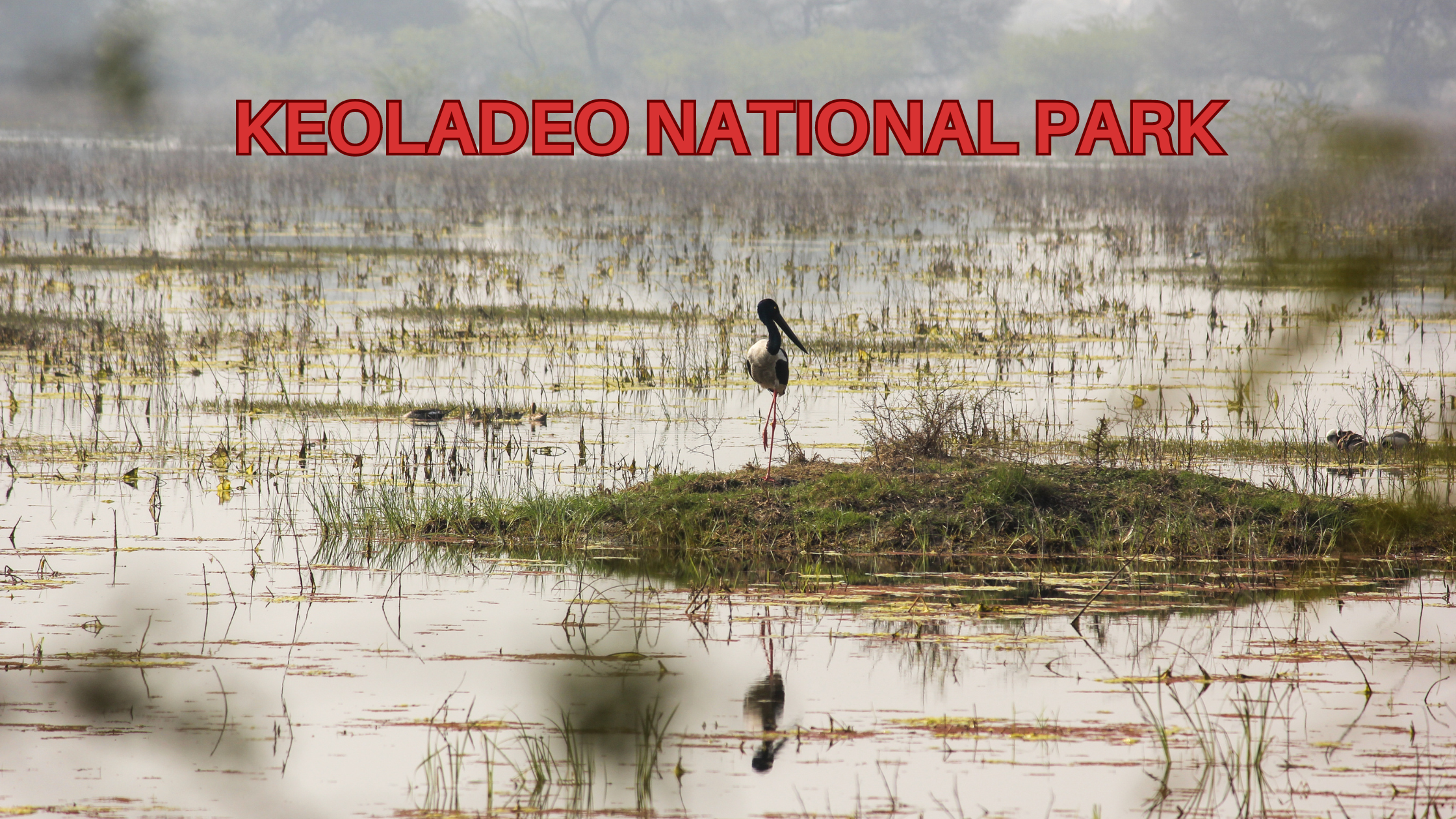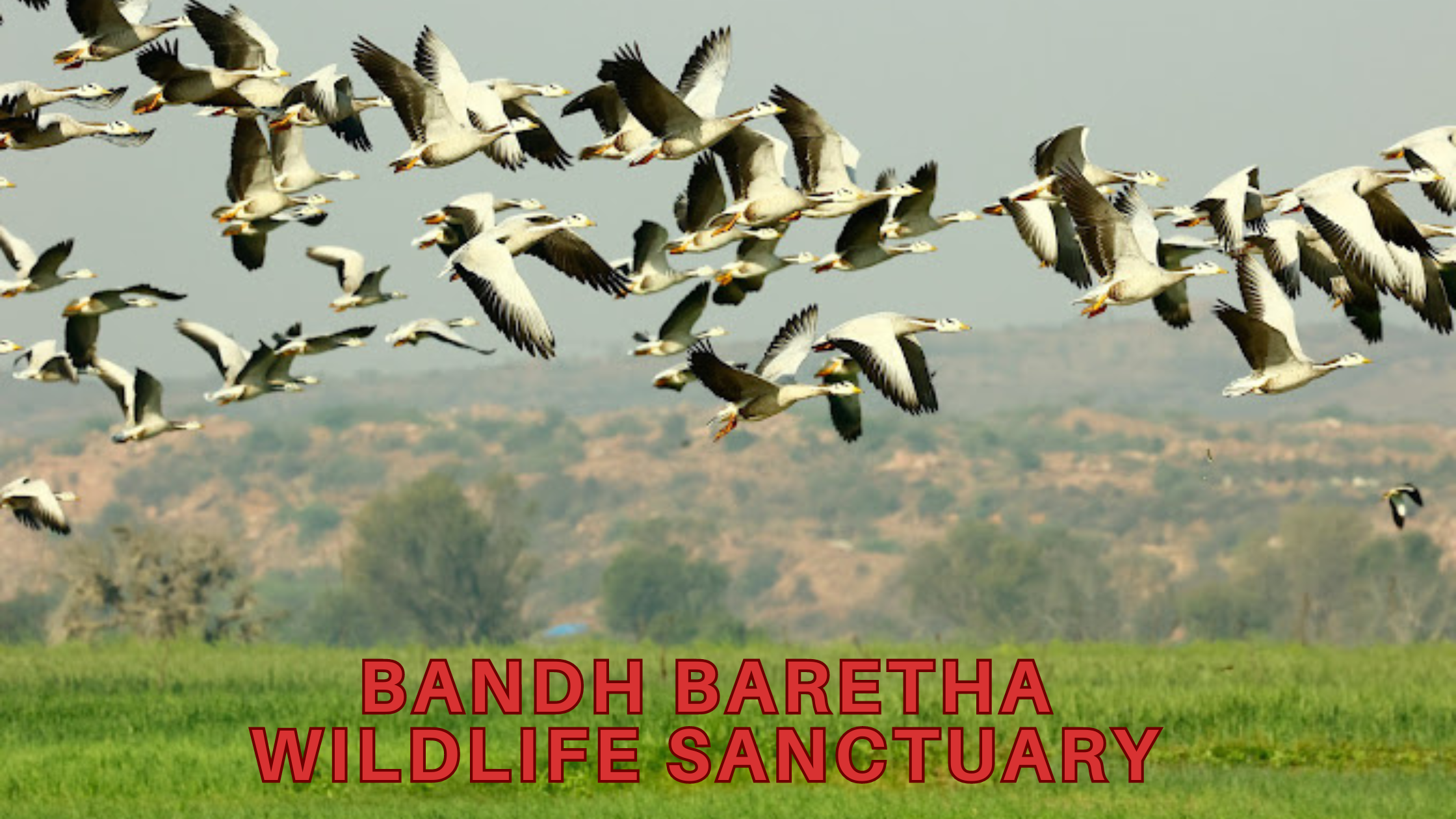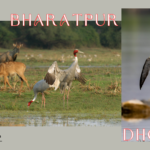When one thinks of Rajasthan, images of majestic forts, vibrant markets, and traditional attire often come to mind. However, the wildlife of Rajasthan is equally captivating, with numerous sanctuaries and reserves offering thrilling jungle safaris. This blog will take you on an exciting journey from Bharatpur to Ranthambore, exploring the rich biodiversity and natural beauty along the way.
Sariska to Ranthambore: The Wildlife Corridors
The journey from Sariska Tiger Reserve to Ranthambore Tiger Reserve is a tale of two vital wildlife corridors that provide a lifeline for various species, particularly tigers, enabling them to move freely between these habitats.
Corridor 1: Sariska to Ranthambore via Critical Corridor Elements (CCE)
The first corridor connects Sariska Tiger Reserve to Ranthambore Tiger Reserve through Gol CCE. This route spans approximately 127 km and includes the following sections:
1. Sariska Tiger Reserve to CCE:

– This section traverses the Morel and Banganga rivers, passing through several forest blocks and revenue villages.
– Key Villages: Karnawar, Ukeri, Dubbi, Chanpawas, and more.
– Forest Blocks: Nahar Khora, Patoli Gagwana, and Mehandipur Ki Dungari.
2. CCE to Ranthambore Tiger Reserve:

– This segment connects via tributaries of the Banas River, moving through various villages such as Theekariya, Govindpura, and Palasod.
Corridor 2: Sariska to Ranthambore via Keoladeo National Park and Bandh Baretha Sanctuary
The second corridor is more extensive, linking Sariska Tiger Reserve to Ranthambore through Keoladeo National Park and Bandh Baretha Sanctuary.
1. Sariska to Keoladeo National Park:
– Following the Ruparel River, this corridor spans 67.56 km, passing through villages like Udaipur Niham, Wajeer Kheri, and Barwada.
– Notable Forest Blocks: Adibadri Parvat and Pahadtal.
2. Keoladeo National Park to Bandh Baretha Sanctuary:

– This section covers 13.40 km along the Gambhir River, through villages such as Aghapur, Chak Shyosingh, and Daulatgarh.
3. Bandh Baretha Sanctuary to Ranthambore:

– The final leg involves traversing the forests of Bandh Baretha Sanctuary, which are contiguous with the territorial forests of Karauli.
– Important Forest Blocks: Atta Main, Bari Roondh Surdan, and Gurdeh.
Wildlife Highlights
Sariska Tiger Reserve: Known for its Bengal tigers, leopards, and numerous bird species.
Keoladeo National Park: A UNESCO World Heritage Site, famous for its avian population, especially during the migratory season.
Bandh Baretha Sanctuary: Rich in flora and fauna, providing a crucial habitat for wildlife moving towards Ranthambore.
Ranthambore Tiger Reserve: Renowned for its robust tiger population and picturesque landscapes, including the iconic Ranthambore Fort.
This wildlife journey from Bharatpur to Ranthambore encapsulates the essence of Rajasthan’s natural heritage. By developing and maintaining these vital corridors, the state ensures the survival of its diverse wildlife and the continuation of its ecological legacy. Whether you’re an avid wildlife enthusiast or a casual nature lover, this journey promises an unforgettable adventure through the heart of Rajasthan’s wilderness.


